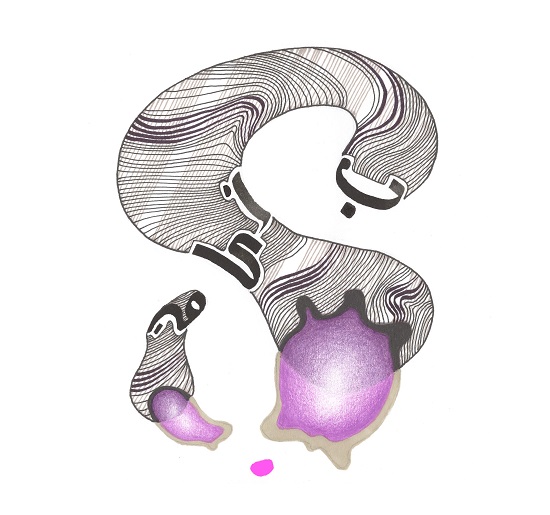Taswir – an introduction to a scholarly debate on figurative representation in Sunni-Islam
DOI:
https://doi.org/10.7577/formakademisk.899Keywords:
Taswir, visual traditions, figurative representation in Islam, world-embracing communication, modern mediaAbstract
In recent times Taswir has been associated with a debate amongst Islamic scholars regarding the use of figurative representation in visual communication. Why would this scholarly debate be a concern within communications today? We are living in the age of modern media, and, consequently, visual messages are rapidly distributed to beholders with a variety of cultural backgrounds. An increasing number of us master the latest means of communication, but our knowledge of differences in visual traditions has not kept up with our technological skills. This article focuses on features of Islamic visual tradition that most likely are unfamiliar to a secular-minded western-oriented public. At the same time, these features, at regular intervals, are rising to the surface in our open and world-embracing communication setting. The aims of the article are twofold: first, it gives the reader an idea of how conceptions of the visual are tested and consolidated within an Islamic traditional context; Second, it places Taswir in a global contemporary context, in a position that displays the need to pose questions about competence and sensibility suited for future communication.

Downloads
Published
How to Cite
Issue
Section
License
Authors who publish with this journal agree to the following terms:
- Authors retain copyright and grant the journal right of first publication with the work simultaneously licensed under a Creative Commons Attribution 4.0 License that allows others to share the work with an acknowledgement of the work's authorship and initial publication in this journal.
- Authors are able to enter into separate, additional contractual arrangements for the non-exclusive distribution of the journal's published version of the work (e.g., post it to an institutional repository or publish it in a book), with an acknowledgement of its initial publication in this journal.
- Authors are permitted and encouraged to post their work online (e.g., in institutional repositories or on their website) prior to and during the submission process, as it can lead to productive exchanges, as well as earlier and greater citation of published work (See The Effect of Open Access).
- The author(s) must manage their economic reproduction rights to any third party.
- The journal makes no financial or other compensation for submissions, unless a separate agreement regarding this matter has been made with the author(s).
- The journal is obliged to archive the manuscript (including metadata) in its originally published digital form for at least a suitable amount of time in which the manuscript can be accessed via a long-term archive for digital material, such as in the Norwegian universities’ institutional archives within the framework of the NORA partnership.
The material will be published OpenAccess with a Creative Commons 4.0 License which allows anyone to read, share and adapt the content, even commercially under the licence terms:
This work needs to be appropriately attributed/credited, a link must be provided to the CC-BY 4.0 licence, and changes made need to be indicated in a reasonable manner, but not in any way that suggests that the licensor endorses you or your use.



